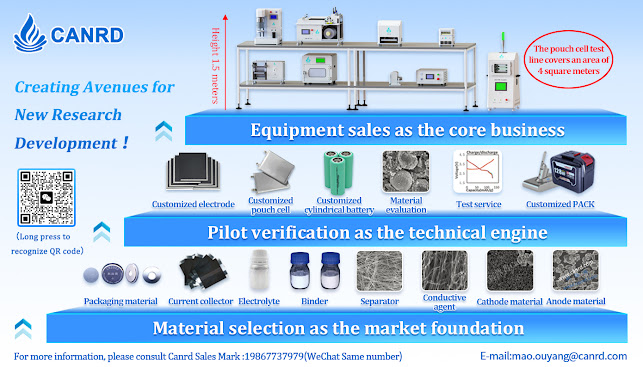Unraveling the Mysteries of Cylindrical Cell Assembly: A Beginner's Guide
Cylindrical lithium-ion cells are integral to powering a vast array of devices, from smartphones to electric vehicles. Understanding the assembly process of these cells not only demystifies the technology but also highlights the precision and innovation involved in their creation. This guide aims to provide a comprehensive overview of cylindrical cell assembly, tailored for those new to the subject.
Cylindrical lithium-ion cells are integral to powering a vast array of devices, from smartphones to electric vehicles. Understanding the assembly process of these cells not only demystifies the technology but also highlights the precision and innovation involved in their creation. This guide aims to provide a comprehensive overview of cylindrical cell assembly, tailored for those new to the subject.
Introduction to Cylindrical Cells
Cylindrical cells are among the most prevalent types of lithium-ion batteries, characterized by their cylindrical shape and metal can packaging. They are favored for their robust mechanical stability, ease of manufacturing, and efficient thermal management. Common sizes include:
- 18 mm in diameter and 65 mm in length.
- 21 mm in diameter and 70 mm in length.
- 46 mm in diameter and 80 mm in length.
These dimensions are denoted by the cell's name, providing a quick reference to its size.
Cylindrical cells are among the most prevalent types of lithium-ion batteries, characterized by their cylindrical shape and metal can packaging. They are favored for their robust mechanical stability, ease of manufacturing, and efficient thermal management. Common sizes include:
- 18 mm in diameter and 65 mm in length.
- 21 mm in diameter and 70 mm in length.
- 46 mm in diameter and 80 mm in length.
These dimensions are denoted by the cell's name, providing a quick reference to its size.












